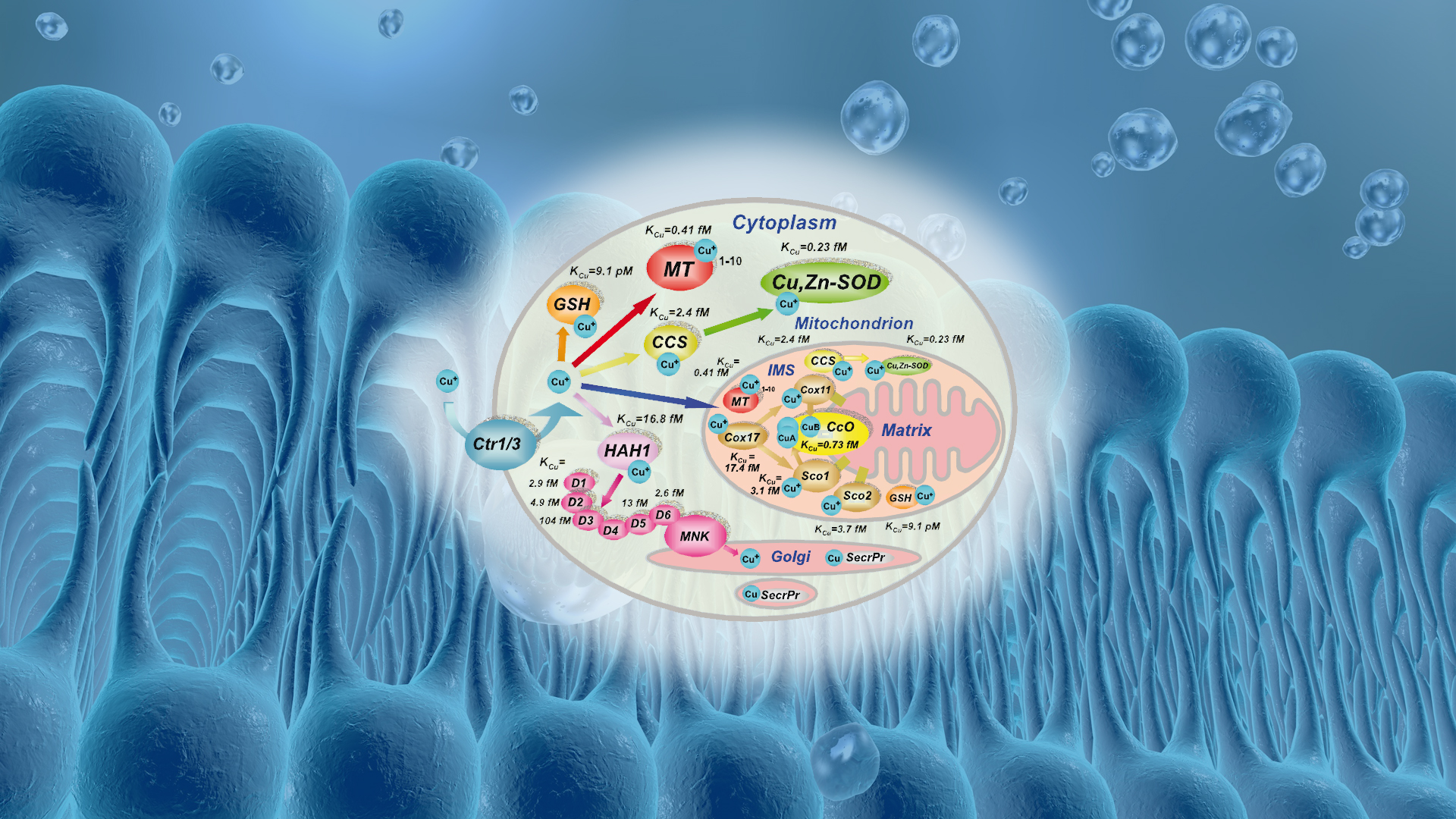

NMR for understanding functional cellular pathways: Metal transport and homeostasis
Webinar Overview
NMR spectroscopy can provide unique contributions for the description of cellular processes, as it is indeed suitable not only for characterizing the structural and dynamical properties of biomolecules but also for describing transient interactions and functional events with atomic resolution possibly in a cellular context. This requires the development of suitable methodologies capable of addressing multiple, specific, and sometimes non-conventional aspects for describing functional processes in cells.
In this webinar, Prof. Lucia Banci, University of Florence, describes how the power of NMR can be harnessed for describing cellular pathways at atomic resolution in a cellular environment. Prof. Banci will present examples for pathways responsible for cellular copper trafficking and for the biogenesis of iron-sulfur proteins.
Through an integrated approach, by increasing the complexity from single protein structures to protein complexes to the functional reaction steps, these processes will be described in their cellular context within a molecular perspective. Furthermore the exploitation of UHF NMR spectrometers, such as that operating at 1.2GHz for in cell NMR applications will be discussed.
The webinar will be introduced by Dr. Rainer Kuemmerle, Vice-President at Bruker Biospin and Head of NMR Applications, who will briefly talk about the development of the world-first NMR system operating at 1.2GHz magnetic field installed at University of Florence and answer questions related to this technology.
December 09, 2020
Key Points
- How NMR spectroscopy can provide unique contributions for the description of cellular processes
- How NMR can be used to describe transient interactions and functional events with atomic resolution
- How NMR is a unique tool for characterizing metal binding protein structure and dynamics
Who Should Attend?
Anyone interested in learning how in-cell NMR at ultra-high fields can be used to monitor protein function
Speakers
Prof. Lucia Banci
Professor of Chemistry University of Florence
Lucia Banci is Professor of Chemistry at the University of Florence. She has an extensive expertise and has provided original contributions and breakthroughs in Structural Biology and in biological NMR. She has addressed and unraveled many aspects of the biology of metal ions in biological systems. The innovative in cell NMR approach developed by Lucia Banci and her group allows for the detection of human individual proteins in living human cells with atomic level resolution. She also exploited the extensive knowledge of structural biology approaches through NMR expertise to develop an absolutely innovative approach to vaccine design, based on the knowledge of the structure of the pathogen antigens and of the interaction pattern with antibodies, to design structure-based vaccines. Lucia Banci is one of the founders and former Director of the Center of Magnetic Resonance (CERM) of the University of Florence. She is the Head of the Italian Core Center of the ESFRI Research Infrastructure Instruct-ERIC, and a member of the Instruct-ERIC Executive Committee and of the Council.